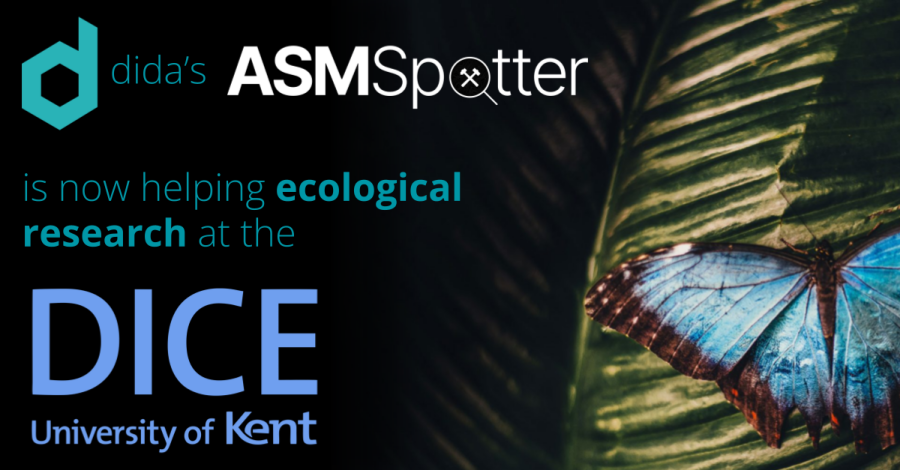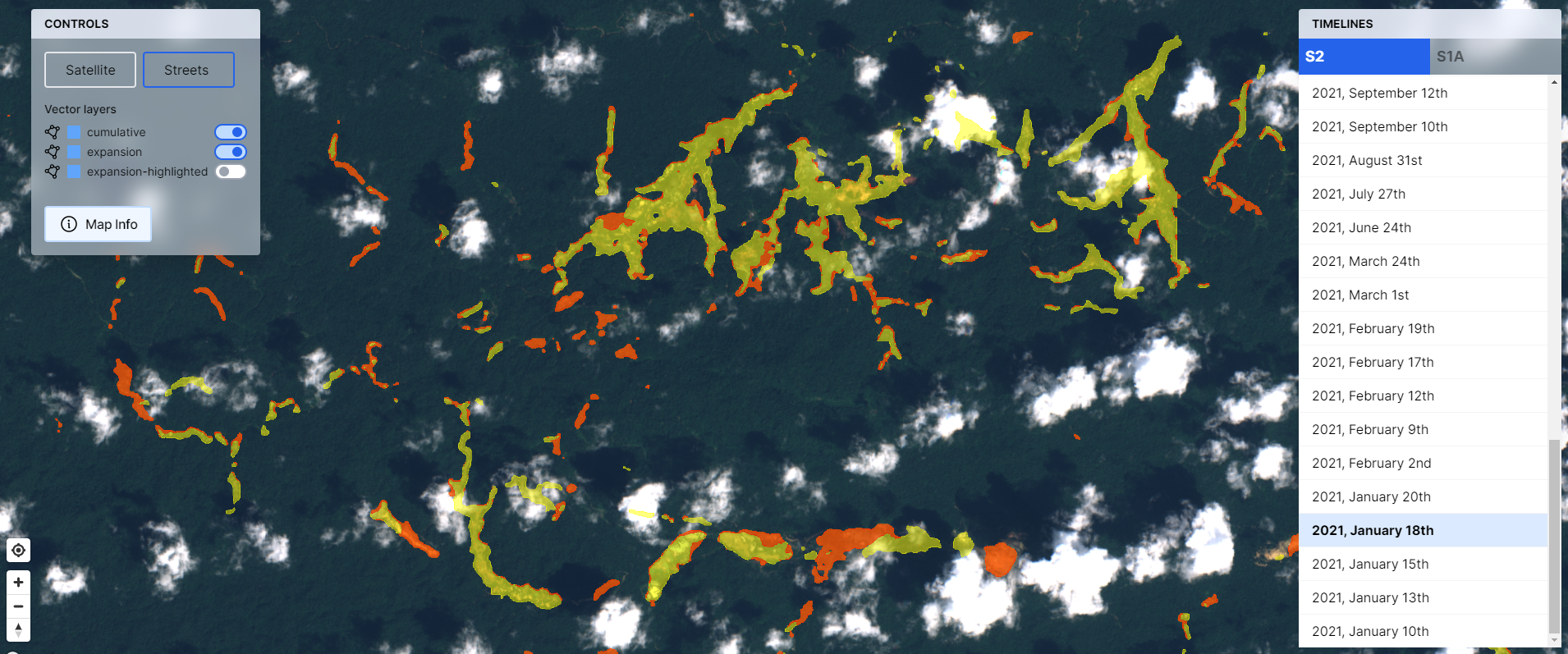dida's ASMSpotter is now supporting ecological research at the University of Kent

The best feeling is when the work you do is appreciated and used by others. Even better it is if it also helps in a philantropic way. Because of that we are very glad that researchers approached us and asked if they could use our ASMSpotter to see how one can protect the Amazon rainforest better.
Here a description of the researcher's work:
"Artisanal gold mining is a growing driver of deforestation in the Amazon and the principal driver in Guyana where our research is focused. Assisted forest restoration and natural regeneration are crucial to offset the loss of biomass following such land-uses, however, little is known about the impact of gold mining on natural regeneration compared to traditional forms of deforestation in the Amazon such as agriculture expansion.
Some mines show no signs of natural recovery and need assistance, while others regenerate naturally. So we asked, under what conditions do mines recover naturally? More specifically we chose to focus on whether there is a relationship between mine geometry (whether it is long and thin or wide and circular) and the rate of regeneration.
We saw that dida have been developing a powerful tool that uses deep learning to generate near real time predictions of mining areas and their shape and size from satellite imagery. We reached out to them for a collaboration and are now using their models to build up a dataset of mines of different shapes and sizes in Guyana which we will use for analysis." - Elmontaserbellah Ammar BSc, MSc candidate, Durrell Institute for Conservation and Ecology, University of Kent, Canterbury, UK


